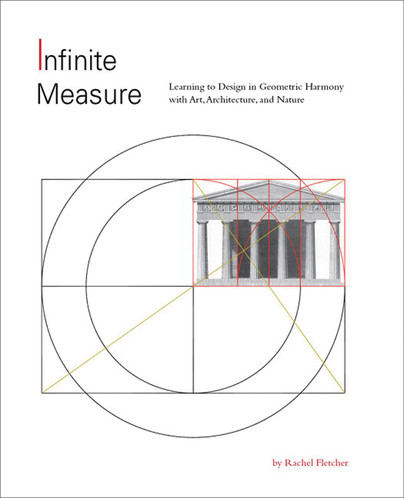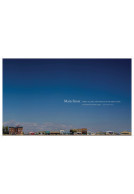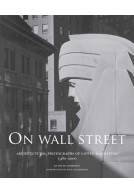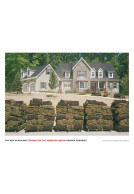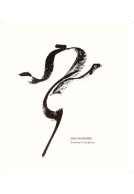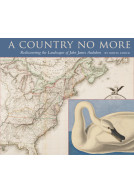Google Books previews are unavailable because you have chosen to turn off third party cookies for enhanced content. Visit our cookies page to review your cookie settings.
Infinite Measure (Paperback)
Learning to Design in Geometric Harmony with Art, Architecture, and Nature
You'll be £34.00 closer to your next £10.00 credit when you purchase Infinite Measure. What's this?
+£4.99 UK Delivery or free UK delivery if order is over £40
(click here for international delivery rates)
Order within the next 5 hours, 36 minutes to get your order processed the next working day!
Need a currency converter? Check XE.com for live rates
(click here for international delivery rates)
Order within the next 5 hours, 36 minutes to get your order processed the next working day!
Need a currency converter? Check XE.com for live rates
Infinite Measure is both a creative workbook and an authoritative reference guide for teachers, students, and practitioners of design, including architecture, interior design, landscape architecture, painting, sculpture, the graphic arts, theater and stage design, and even musical instruments and crafts. Taking pages from books of nature, art, and architecture, Fletcher provides visual designers of all art forms and disciplines with geometric methods for composing harmonious spaces and places.
Fletcher shares her professional knowledge and experience by offering practical techniques for design applications, including step-by-step elementary and advanced drawings for producing proportional schemes with a compass and rule; commentaries on geometric symbols and useful theorems; definitions; and etymologies of essential mathematical terms. A highlight of the book are Fletcher's original studies that analyze harmonious proportions in world-famous art, architecture, landscape design, and other compositions. These include the South Rose Window at Cathédrale Notre Dame de Paris, Andrea Palladio's Villa Emo and Teatro Olimpico, a Stradivari violin, Thomas Jefferson's Poplar Forest, Beatrix Farrand's garden courtyard for the Oriental Institute at the University of Chicago, the illuminated Lindisfarne Gospels, a Louis Sullivan stencil for the Chicago Stock Exchange, and Eero Saarinen's North Christian Church.
The desire for harmony is universal among all cultures. In Infinite Measure, we rediscover a fundamental starting point for designers of all ages and skills: the simple act of drawing with a compass and rule―as Frank Lloyd Wright famously taught his architecture apprentices at Taliesin and Taliesin West―can sensitize the designer to the rich subtleties of spatial harmony and proportion, no matter how one ultimately chooses to express it.
Other titles in George F. Thompson...







